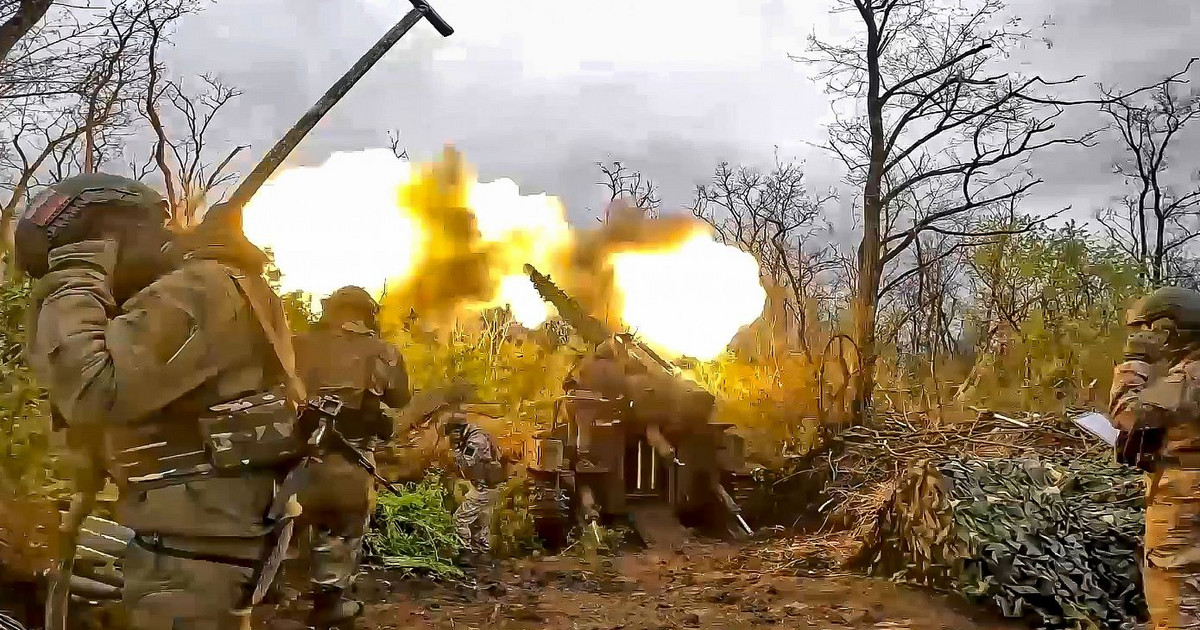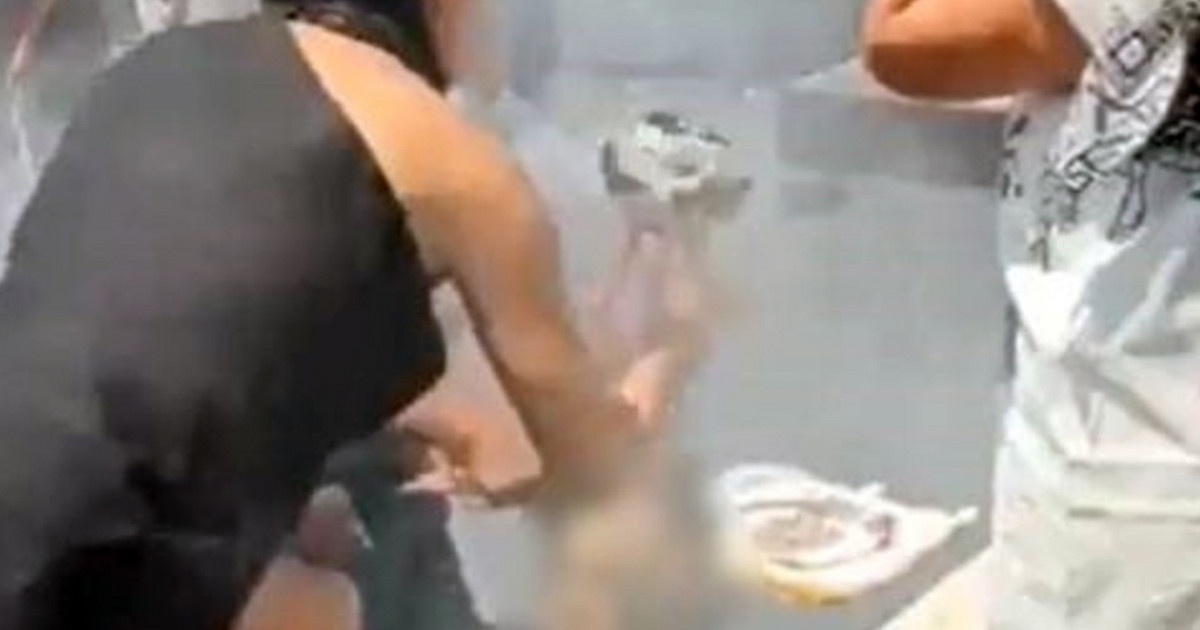By David Axe
The Russian military in Ukraine appears to be moving a third of its forces from the east to the south in order to counter the Ukrainian offensive.
These moves, however, create gaps in the Russian defense in the east. So now the Ukrainian military is reportedly exploiting these gaps, especially around Sloviansk and Izium, hitting the Russians where they’re running low.
By overextending themselves to launch these attacks, the Ukrainians risk weakening themselves.
“The Ukrainians are likely taking advantage of the redeployment of Russian forces away from the Sloviansk axis and launched some counterattacks to retake territory southwest of Isium and northwest of Sloviansk on August 4,” the Institute for the Study of War (ISW) in Washington said.
The Ukrainian counteroffensive around Izium, reportedly involving the 93rd Brigade and other units, has at best liberated a few villages, including Dibrovne, Mazanivka and Dmitryvka.
But the counterattack in the east underlies what ISW described as a deeper shift in the war in Ukraine.
“Ukraine’s preparations for the counteroffensive in Kherson and the first military operations in this context, combined with the dramatic weakening of Russian troops in general, appear to give Ukraine the opportunity – for the first time – to shape the course of the war.” .
Five months or so after the start of the war, Kyiv finally has that momentum, according to ISW. The question is whether the Ukrainian military has the resources – human and non-human – to sustain this momentum.
How did we get here? Russia invaded Ukraine with a small number of troops to achieve the goals it had set. Just 125 Battalions, each numbering about 800 soldiers, were to operate on four main fronts: north – capturing Kyiv; northeast – in Kharkiv; east – in the free parts of Donetsk and Luhansk regions; and along the Ukrainian coastline in Black Sea.
The Ukrainian army resisted fiercely. Ukraine’s allies provided intelligence and modern weaponry worth tens of billions of dollars. After a month, Russian attacks around Kyiv and Kharkiv and along the Black Sea stopped.
In late March, the Kremlin withdrew its troops from Kyiv and halted attacks around Kharkiv and the semi-held coastline, moving more than half of its remaining battalions east to complete the capture of Donetsk and Luhansk.
By early August, the Russian army is exhausted. He has buried at least 15,000 of his best soldiers and lost thousands of tanks and Artillery vehicles. What troops and vehicles are left of him are concentrated in the east.
The Russian authorities hastily organized a recruitment campaign to form some new Battalions, but planned to send them to the front after only a month of training.
Russia’s fatigue is Ukraine’s opportunity. Ukraine’s 17th Armored Brigade and other units launched a slow counter-offensive into occupied Kherson in May, taking advantage of the relative scarcity of Russian forces in the area.
This counteroffensive intensified in July, with the Ukrainians capitalizing on the American military hardware they received and striking supply depots, bridges and trains behind Russian lines, isolating and disrupting the supply of Russia’s 49th Army in and around the Kherson .
The Kremlin responded by shifting its forces again – this time from the east to the south. “Russia’s war against Ukraine will enter a new phase,” the British Ministry of Defense estimated.
At least 12 of the approximately 50 Battalions in the east of the country were taken by train to Kherson, with the Ukrainians delaying their movement by destroying a bridge or carrying out acts of sabotage that disabled the railway line.
The question is how combative are these Russian reinforcements, after 5 months of fierce hostilities.
In any case, the Russians “thinned out” the southern front to strengthen the eastern, allowing the Ukrainians to counterattack in the south. Now the Russians are “thinning out” the eastern front to strengthen the southern front – and the Ukrainians are fighting back in the east.
Retired Australian general Mick Ryan calls these Ukrainian moves a “strategy of erosion”. “The Ukrainians attack the Russians where they see weak points,” he notes.
The danger looming for Ukraine is that its own military is also being depleted. Ukraine has a geographical and moral advantage over Russia – yes. But Ukraine remains a smaller and poorer country than Russia, and its military forces are not as numerous as Russia’s. If losses – in absolute numbers – of troops and tanks decided the winner of this war, the outcome would be clear.
But, things are more complicated. That’s not to say numbers don’t matter. Ukraine covered its own losses in part by throwing reservists and local units into the fray, while also relying on sabotage to neutralize Russian occupation forces.
The Ukrainians may find it difficult to maintain the same intense pace in their counterattacks, explains retired US general Mark Hertling. “It will be difficult for the Ukrainian army to continue attacking with poorly trained fighters and resistance groups in its ranks.”
Ukraine may now have the momentum, but its momentum may fade if it does not focus on capitalizing on its military advantages and prevail against the Russians in the areas where they are weakest.
* The “war of the bridge” flares up in southern Ukraine
Source: Capital
Donald-43Westbrook, a distinguished contributor at worldstockmarket, is celebrated for his exceptional prowess in article writing. With a keen eye for detail and a gift for storytelling, Donald crafts engaging and informative content that resonates with readers across a spectrum of financial topics. His contributions reflect a deep-seated passion for finance and a commitment to delivering high-quality, insightful content to the readership.






